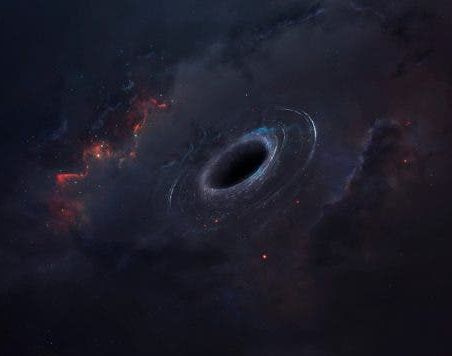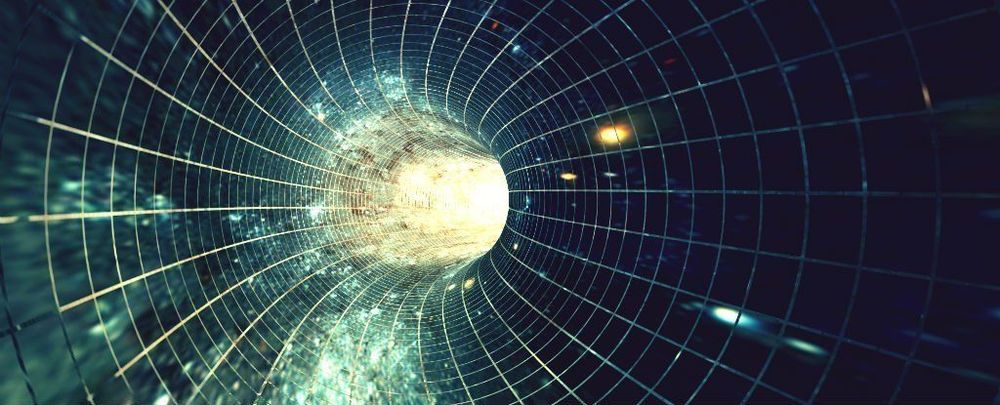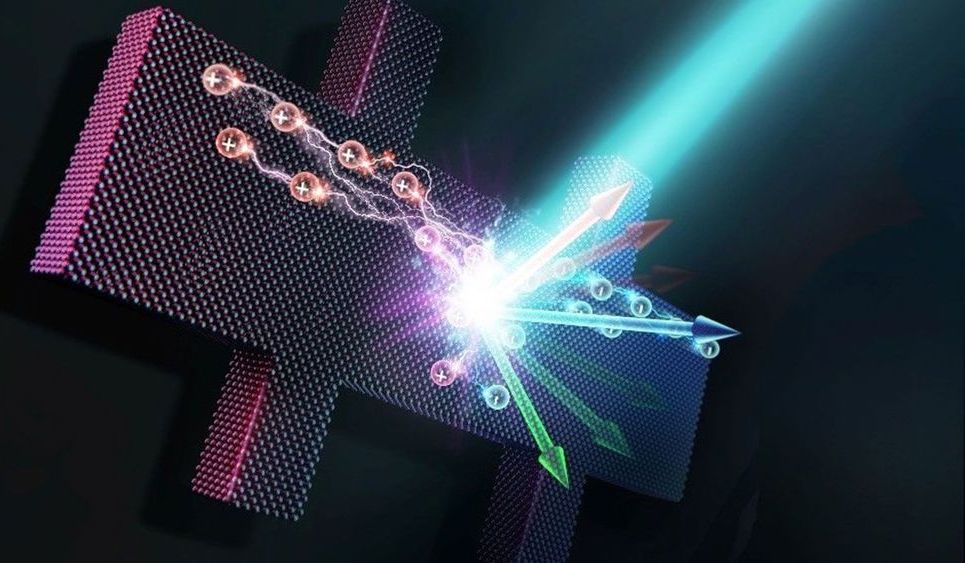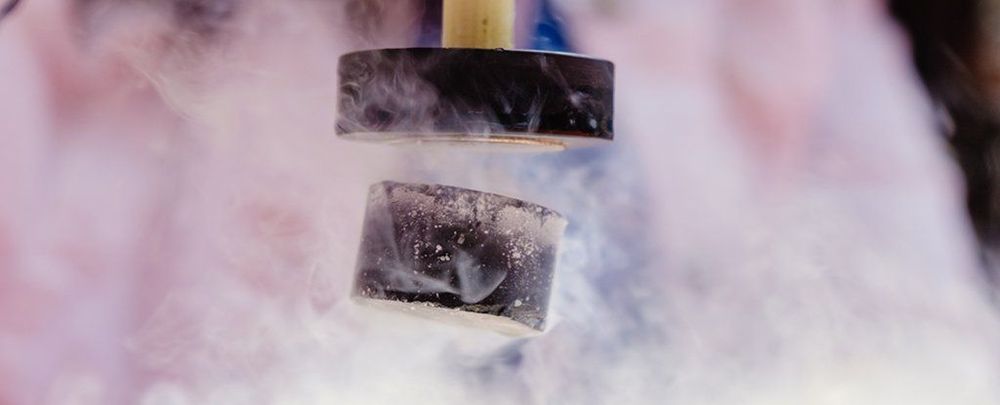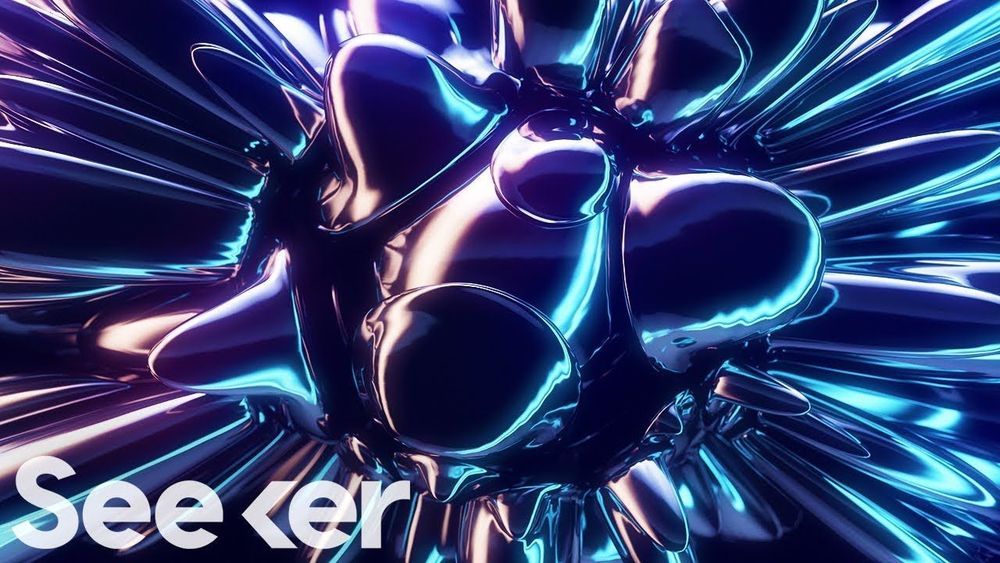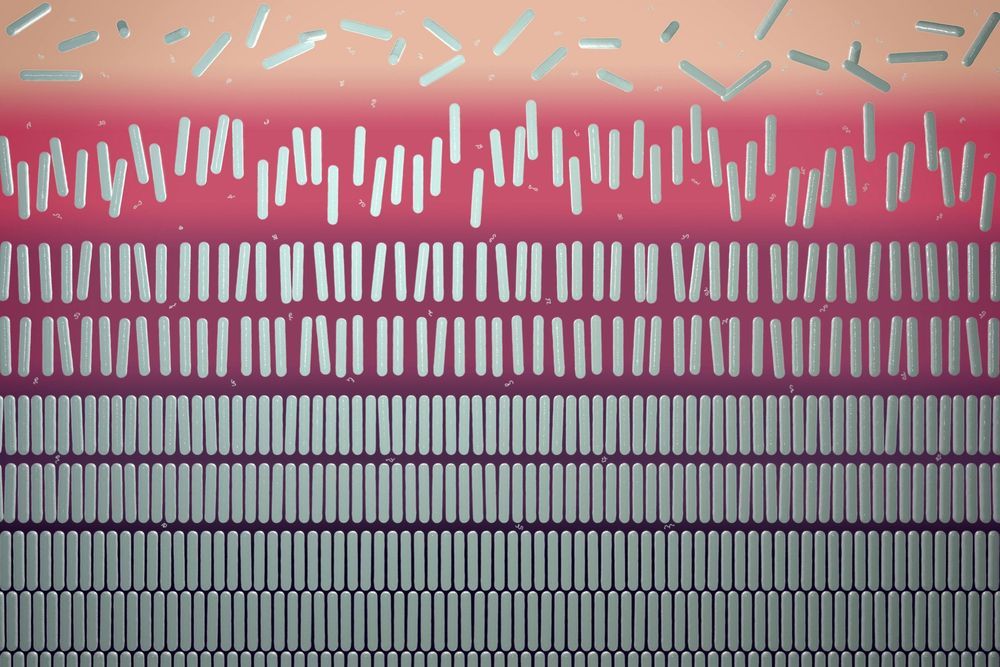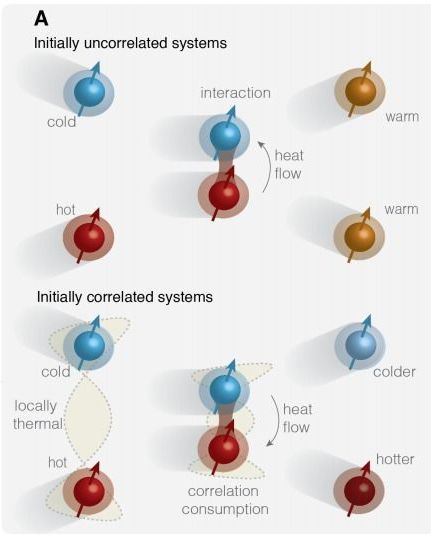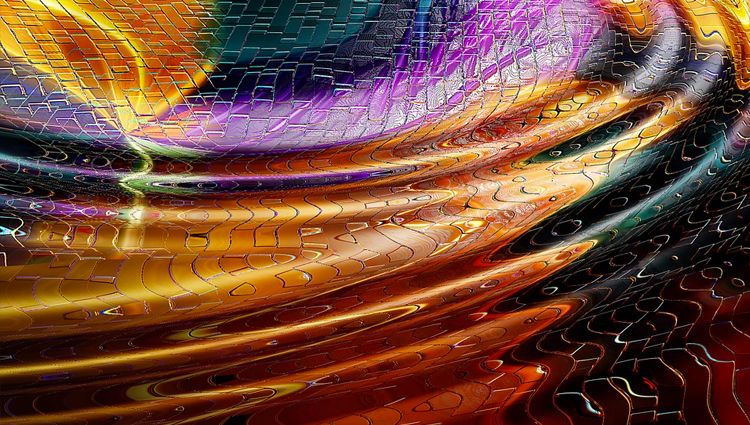Sep 30, 2020
“Holy Grail” –Proof of Cosmic Objects Without a Hard Surface Confined Within an Invisible Boundary
Posted by Quinn Sena in categories: cosmology, physics
O,.o.
Albert Einstein described black holes as strange objects “where God divided by zero.” An international team of astrophysicists has now confirmed that black holes are a distinct “species” from neutron stars –comparable to black holes in mass and size but confined within a hard surface, unlike black holes, an exotic cosmic object without a hard surface predicted by Einstein’s theory of General Relativity that do not have a surface, and are confined within an invisible boundary, called an event horizon, from within which nothing, not even light, can escape.
Hidden in NASA Archival X-ray Data
